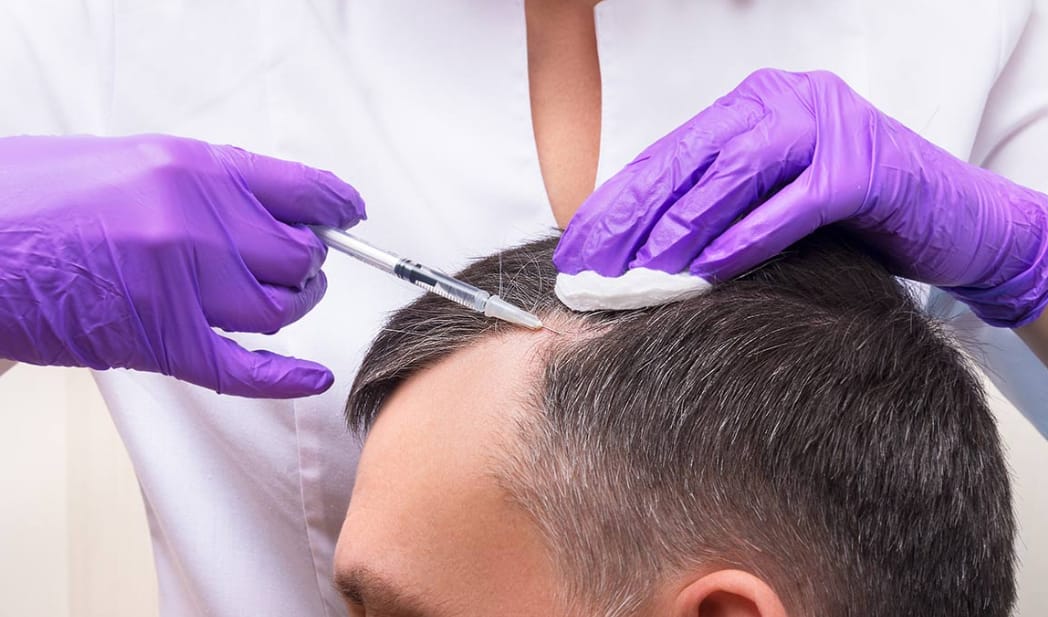Injuries can be frustrating and slow to heal. Thankfully, there’s a treatment that might help speed up recovery: Platelet-Rich Plasma (PRP) therapy. This therapy is becoming more popular for its potential to help injured areas heal faster and more effectively. In this article, we’ll explore what PRP therapy is, how it works, and how it can aid in injury recovery.
What is PRP Therapy?
PRP therapy is a medical treatment that uses your own blood to promote healing. The process starts with a simple blood draw. A small amount of your blood is taken and then processed in a centrifuge. This machine spins the blood at high speeds to separate its components. The result is a concentrated solution rich in platelets and growth factors. This solution, known as platelet-rich plasma, is then injected into the injured area.
How Does PRP Therapy Work?
The platelets in your blood are known for their role in clotting, but they also contain growth factors that are essential for healing. When PRP is injected into an injury, these growth factors help to stimulate the body’s natural healing processes. They encourage the repair of damaged tissues and reduce inflammation, which can lead to faster and more effective recovery.
Benefits of PRP Therapy
One of the main benefits of PRP therapy is that it uses your own blood, which reduces the risk of allergic reactions or complications. Since the platelets come from your body, there’s a lower chance of rejection or side effects. PRP therapy is also minimally invasive, meaning it doesn’t require major surgery or long recovery times.
PRP therapy has been used to treat various types of injuries and conditions. It is often used for musculoskeletal injuries, such as those affecting the tendons, ligaments, and muscles. Common conditions treated with PRP therapy include tendonitis, ligament sprains, and muscle strains. It is also used in certain cases of joint pain and arthritis.
Another advantage of PRP therapy is that it can be used alongside other treatments. For example, if you’re undergoing physical therapy, PRP injections can help enhance the effects of your therapy by promoting faster healing and reducing pain.
How is PRP Therapy Administered?
The PRP therapy procedure is usually done on an outpatient basis, meaning you can go home the same day. The process begins with a blood draw, which is similar to a routine blood test. The drawn blood is then processed to create the PRP. After preparing the PRP, a healthcare provider injects it directly into the injured area using a needle. This part of the procedure is usually quick and can be done with minimal discomfort. After the injection, you may experience some soreness or swelling in the treated area. This is normal and usually subsides within a few days. Your healthcare provider will provide specific instructions on how to care for the injection site and when you can resume normal activities.
Who Can Benefit from PRP Therapy?
PRP therapy can benefit a wide range of people, particularly those with chronic injuries or conditions that haven’t responded well to other treatments. Athletes and active individuals often use PRP therapy to recover from sports-related injuries more quickly. However, it’s important to note that not everyone is a candidate for PRP therapy. Your healthcare provider will assess your condition and medical history to determine if PRP therapy is right for you.
Is PRP Therapy Effective?
Research on PRP therapy is still ongoing, but many studies and patient reports suggest it can be effective for speeding up recovery and reducing pain. Success rates can vary depending on the type of injury and the individual’s overall health. Some people experience significant improvement, while others may see more modest results. It’s important to have realistic expectations and discuss the potential outcomes with your healthcare provider.
Conclusion
PRP therapy is a promising treatment option for speeding up recovery from injuries. By using your blood to deliver concentrated platelets and growth factors to the injured area, PRP therapy helps stimulate the body’s natural healing processes. This can lead to faster recovery times, reduced pain, and improved function. If you have an injury that isn’t healing as quickly as you’d like, talk to your healthcare provider about whether PRP therapy might be a good option for you. They can provide more information on the procedure and help determine if it’s the right choice for your specific needs.

